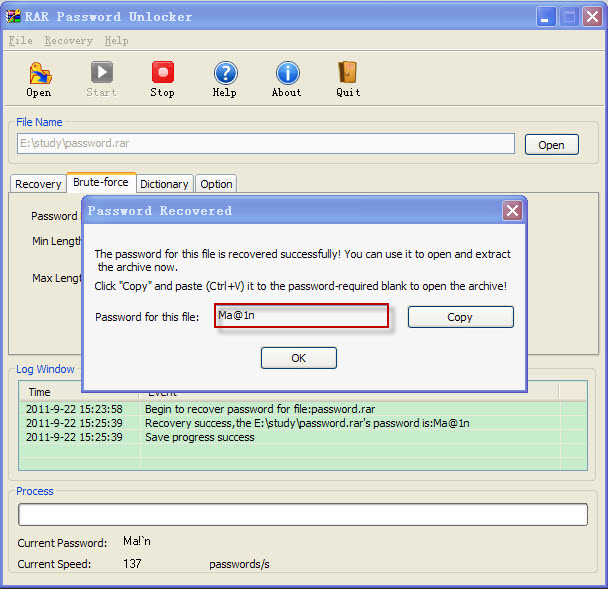

(If the reference stream is interlaced, a complete reference frame may require more than one media sample.) It is possible for a substream to receive more than one frame while the mixer is waiting for a reference frame. When the reference stream receives a new frame, the mixer composites that frame with the substream frames. Whenever the substreams receive new frames, the mixer holds onto them. The output frame rate is locked to the reference stream. An application can provide a custom implementation of either the mixer or the presenter. The presenter schedules when the frames are rendered and manages the Direct3D device.

A second object called the presenter renders the video frame to the display. The output from the mixer is the final composited video frame. The mixer also performs deinterlacing and color correction. Internally, the EVR uses an object called the mixer to composite the frames from the input streams onto one surface for rendering. For more information, see EVR Media Type Negotiation. The available substream formats might depend on the format of the reference stream. Substreams: Progressive YUV with per-pixel-alpha, such as AYUV or AI44.Reference stream: Progressive or interlaced YUV with no per-pixel alpha (such as NV12 or YUY2) or progressive RGB.The graphics driver determines which video formats are supported, but typically they are limited to the following:


The application can change the z-order of the substreams, but no substream can be first in the z-order. Any additional streams are called substreams, and are mixed on top of the reference stream. The reference stream always appears first in the z-order. The first input stream is called the reference stream. The EVR filter, for DirectShow applications.īoth versions use the same internal objects to render video, and they share many of the same interfaces.The EVR media sink, for Media Foundation applications.The enhanced video renderer (EVR) is a component that displays video on the user's monitor.


 0 kommentar(er)
0 kommentar(er)
